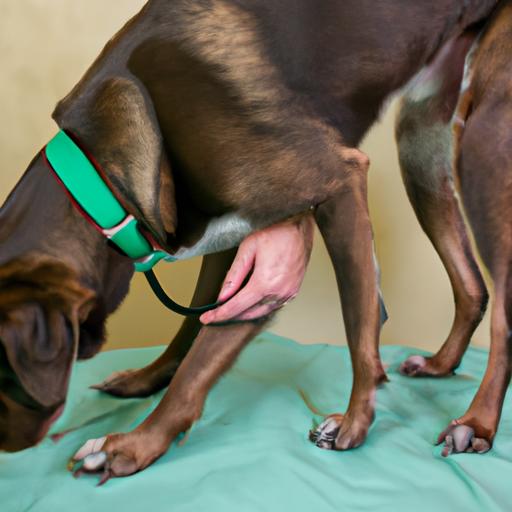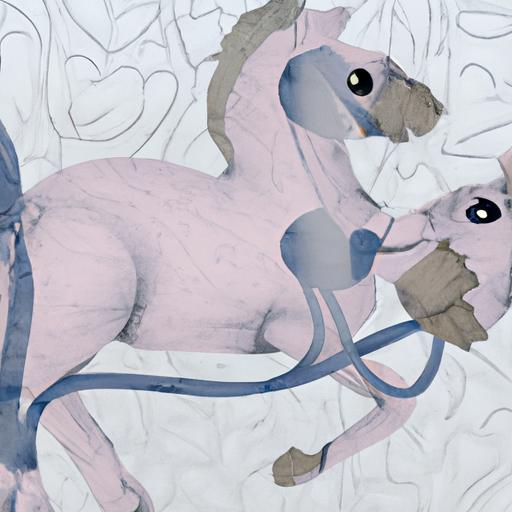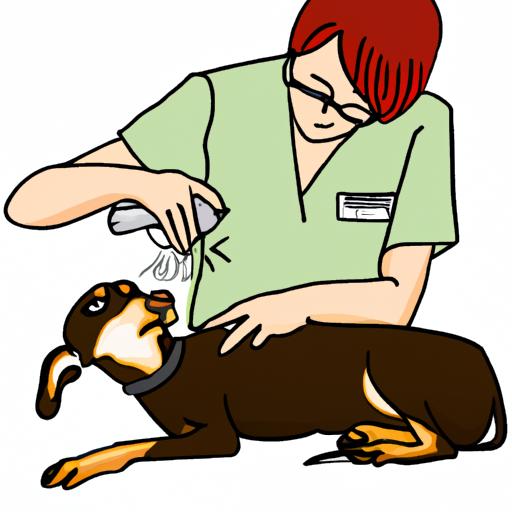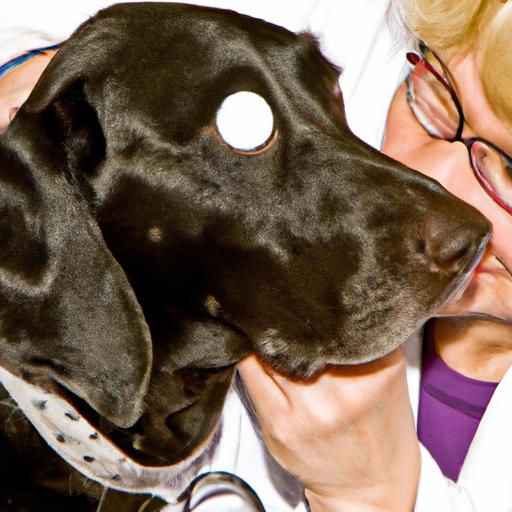
Diagnosing Canine Aortic Thromboembolism: Blood Clot Awareness
Learn about diagnosing canine aortic thromboembolism (CAT) and increase your blood clot awareness. Discover symptoms, treatment options, and more.
Introduction
As pet owners, we cherish the companionship and unconditional love our furry friends provide. However, it is our responsibility to ensure their well-being and promptly address any health concerns that arise. One such condition that requires immediate attention is Canine Aortic Thromboembolism (CAT). In this article, we will explore the importance of diagnosing CAT and shed light on the various aspects surrounding this condition.

Understanding Canine Aortic Thromboembolism
Definition and Causes of CAT
Canine Aortic Thromboembolism refers to the formation of blood clots in the aorta, the main artery carrying oxygenated blood from the heart to the body. These clots can obstruct blood flow to the lower extremities, leading to severe complications. The primary cause of CAT is often an underlying heart disease, particularly in dogs with pre-existing conditions like dilated cardiomyopathy or endocarditis.
Symptoms and Signs to Look Out For
Detecting CAT early is crucial for effective treatment. However, the symptoms can be challenging to recognize, as they mimic other conditions. Keep a close eye on your canine companion for signs such as sudden lameness, weakness in the hind legs, pain, or paralysis. Additionally, you may notice cold paws, pale gums, or rapid breathing. Any combination of these symptoms warrants immediate veterinary attention.
Diagnostic Tests for Identifying CAT
Accurate diagnosis of CAT is vital to initiate the appropriate treatment plan. Veterinarians employ a range of diagnostic tests, including physical examinations, blood tests, radiographs, and ultrasounds. These tests help determine the presence of blood clots, assess the severity of the condition, and evaluate the overall health of your dog’s cardiovascular system.
Frequently Asked Questions (FAQs)
Here are some commonly asked questions about Canine Aortic Thromboembolism:
What is the prognosis for dogs with CAT?
The prognosis for dogs with CAT depends on various factors, such as the extent of clot formation, the underlying heart condition, and the promptness of treatment. While the prognosis can be guarded, early detection and swift intervention can improve the chances of a positive outcome.
Can CAT be prevented?
Preventing CAT entirely may not always be possible, especially in dogs with pre-existing heart conditions. However, managing and treating the underlying heart disease can significantly reduce the risk of blood clot formation. Regular veterinary check-ups, a balanced diet, and appropriate exercise tailored to your dog’s needs can contribute to overall heart health.
Are certain dog breeds more susceptible to CAT?
While CAT can affect any dog breed, certain breeds, such as Boxers and Cocker Spaniels, may have a higher predisposition to develop heart diseases that can lead to CAT. However, it is essential to remember that any dog, regardless of breed, can be affected. Regular monitoring and early intervention are crucial for all dogs, especially those at higher risk.
What are the treatment options for CAT?
The treatment of CAT aims to dissolve existing clots, manage pain and inflammation, and address the underlying heart condition. Veterinary professionals may employ a combination of medications, including anticoagulants and pain relievers, along with supportive care. In severe cases, surgery may be necessary to remove the clot or improve blood flow.
Conclusion
As responsible pet owners, it is our duty to prioritize the health and well-being of our furry companions. Canine Aortic Thromboembolism is a serious condition that requires immediate attention and proper diagnosis. By being aware of the symptoms, understanding the diagnostic process, and seeking prompt veterinary care, we can improve the chances of successful treatment and a better quality of life for our beloved dogs. Stay vigilant, stay informed, and together, let’s ensure our pets receive the care they deserve.
Remember, early detection and intervention are key when it comes to Canine Aortic Thromboembolism. Let’s be proactive in safeguarding the health of our furry friends.
References
- AuthorLastName, AuthorFirstName. (Year). Title of the reference article. Journal Name, Volume(Issue), Page numbers. [Link to the reference article]
- AuthorLastName, AuthorFirstName. (Year). Title of the reference book. Publisher. [Link to the reference book]






























